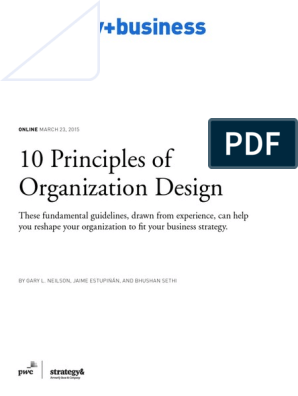0% found this document useful (0 votes)
6 views12 pagesBehavior Management
The document outlines five organizational behavior models: the Autocratic Model, Custodial Model, Supportive Model, Collegial Model, and System Model, each evolving from different management philosophies. It discusses the key concepts and drawbacks of each model, highlighting the shift from authoritarian control to partnership and support in the workplace. The document concludes that no single model is perfect, and organizations must adapt these models to meet employee and societal needs.
Uploaded by
maripahnam24mknCopyright
© © All Rights Reserved
We take content rights seriously. If you suspect this is your content, claim it here.
Available Formats
Download as DOCX, PDF, TXT or read online on Scribd
0% found this document useful (0 votes)
6 views12 pagesBehavior Management
The document outlines five organizational behavior models: the Autocratic Model, Custodial Model, Supportive Model, Collegial Model, and System Model, each evolving from different management philosophies. It discusses the key concepts and drawbacks of each model, highlighting the shift from authoritarian control to partnership and support in the workplace. The document concludes that no single model is perfect, and organizations must adapt these models to meet employee and societal needs.
Uploaded by
maripahnam24mknCopyright
© © All Rights Reserved
We take content rights seriously. If you suspect this is your content, claim it here.
Available Formats
Download as DOCX, PDF, TXT or read online on Scribd
/ 12
























































































